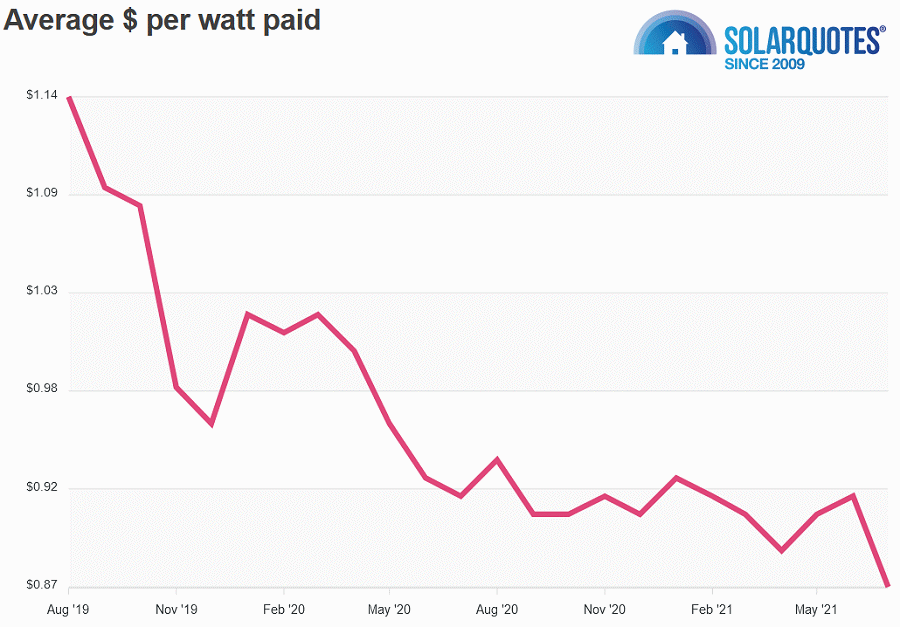While polysilicon giant Daqo New Energy sold a little less in the second quarter, its revenue jumped 72% due to high polysilicon prices.
Raw polycrystalline silicon, usually referred to as polysilicon, is a material needed to manufacture polycrystalline and monocrystalline solar cells. Around 98 percent of the world’s solar panels are based on silicon cells.
Various events have seen the price of polysilicon jump over the last 18 months, including a rebound in demand after initial dampening by the pandemic and the knock-on effects of couple of explosions/fires at production plants. Solar-grade polysilicon spot prices were below USD $7 per kilogram in June last year and are currently around $27.40/kg.
Among the major players in the polysilicon game is China’s Daqo, which yesterday announced its unaudited financial results for the second quarter of 2021. The numbers tell the story:
- Production volume: 21,102 MT in Q2 2021, 20,185 MT in Q1 2021
- Sales volume: 21,060 MT in Q2 2021, 21,471 MT in Q1 2021
- Average total production cost: $6.31/kg in Q2 2021, $6.29/kg in Q1 2021
- Polysilicon average selling price: $20.81/kg in Q2 2021, $11.90/kg in Q1 2021
- Revenue: $441.4 million in Q2 2021, $256.1 million in Q1 2021
CEO of Daqo New Energy Longgen Zhang is a happy fellow.
“In July and August, the market price for mono-grade polysilicon has remained at approximately $26-28/kg and we expect the strong price momentum to continue into the second half of this year,” he said. “Despite the rise in solar module prices in the first half of this year, we continue to see stronger-than-expected market demand even at the new market prices.”
However, Daqo expects to see approximately 180~220,000 MT of additional polysilicon supply across the sector next year. This will bring downward pressure on prices.
Impact On Australian Solar Buyers
SolarQuotes’ Ronald recently crunched some numbers to determine how much the current situation could increase the cost of a solar power system by.
But here’s what’s been happening with solar system prices on a cost-per-watt basis according to the SQ Australian Solar Price Index:
At this point for July, the average cost per watt was 87 cents. The cost data is based on installation date and sourced from reviews submitted to SolarQuotes.
So, what might be happening?
- Older, cheaper stock still being installed.
- Australians are installing bigger solar systems, which brings down the cost per watt.
- Australians switching to cheaper panels.
Cheaper solar panels don’t necessarily mean cheap and nasty. There are quite a few good quality budget brands we list on this chart (left hand side of the chart).
The difference in pricing between budget and high-end brands is considerable. For example, the SolarQuotes solar panel comparison table that enables you to compare solar panels side-by-side indicates a 365-watt Jinko Solar Cheetah Plus HC works out to around $0.55 cents per watt (retail including GST) and a LG NeON 2 365W is ~99 cents per watt.
It may be tempting to hold off on installing solar power given the current situation and outlook. But the longer an installation is delayed for whatever reason, the longer a household or business is locking in electricity bills much higher than they would otherwise be.


 RSS - Posts
RSS - Posts



Speak Your Mind